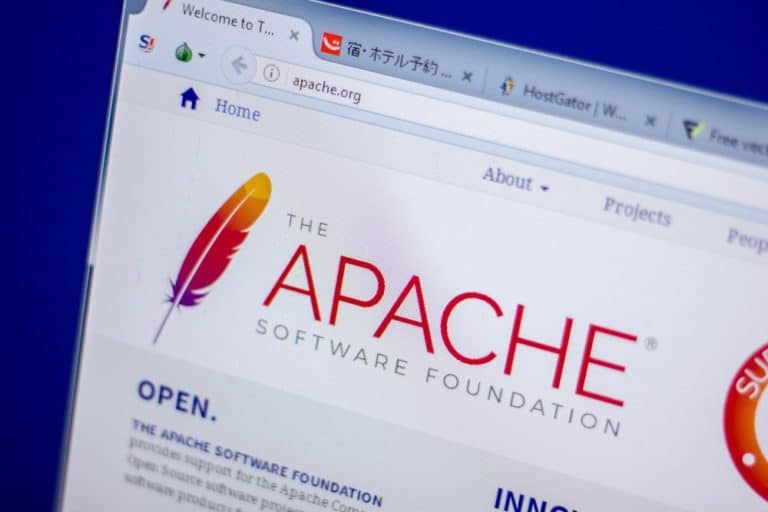With this new update, the most stable version of Cassandra is now here.
Almost 13 months after the beta version was announced, Apache Cassandra 4.0 is now considered ready for use. In addition, a production-ready version is available as a general release.
In the past, Apache would roll out updates and changes after a long wait for its customers. With Apache 4.0, the Apache Cassandra project commits to 6-month cycles for any changes or updates – a departure from their old ways.
Prior to the 4.0 release, Cassandra would often release versions of their programs riddled with bugs. These bugs would almost immediately show up. These issues would then be addressed in dot releases over time until the problem was not solved.
What’s new?
- Change Data Capture Streaming throughput is 5x faster for populating new clusters
- For reads and writes, there is a 25% improvement.
- Hardened consistency checks for replicas – also known as incremental repair.
- Addition of real-time audit logging for better visibility of what is going on.
Roadblocks along the way
During the developmental phase, which took a year, there were many instances where bothersome issues popped up again and again. According to Patrick McFadin, DataStax vice president of developer relations, different issues came up right until the update was supposed to go live.
Improvements have since been made to make the next cycle a quicker and more manageable one. For starters, the process of adding more features is more defined. This brings it up to par with other projects such as Spark and Kafka.
What’s next?
- For versions 4.1 and 5.0, the plan is to add cloud-native support into Cassandra.
- The DataStax developed Kubernetes operator is the right match; however, its implementation will stay a matter for the vendor.
- DataStax will start to offer the secondary index, which it introduced last year.
Going from Cassandra 3.0 to Cassandra 4.0 took almost six years. For Cassandra 4.0, the first beta arrived in 13 months. This is far from ideal, to say the least.
Moving forward, the plan is to introduce dot-updates every six months, while a major release will come every 12 months. This comes after pressure from customers who feel that a platform at this scale must update its features more regularly.
